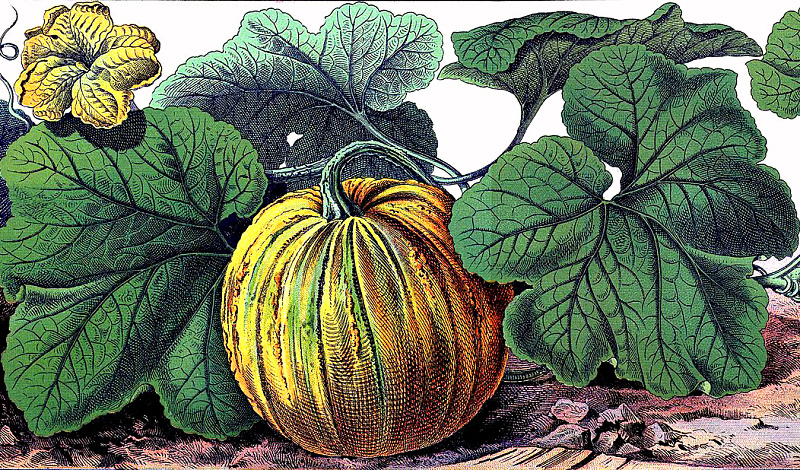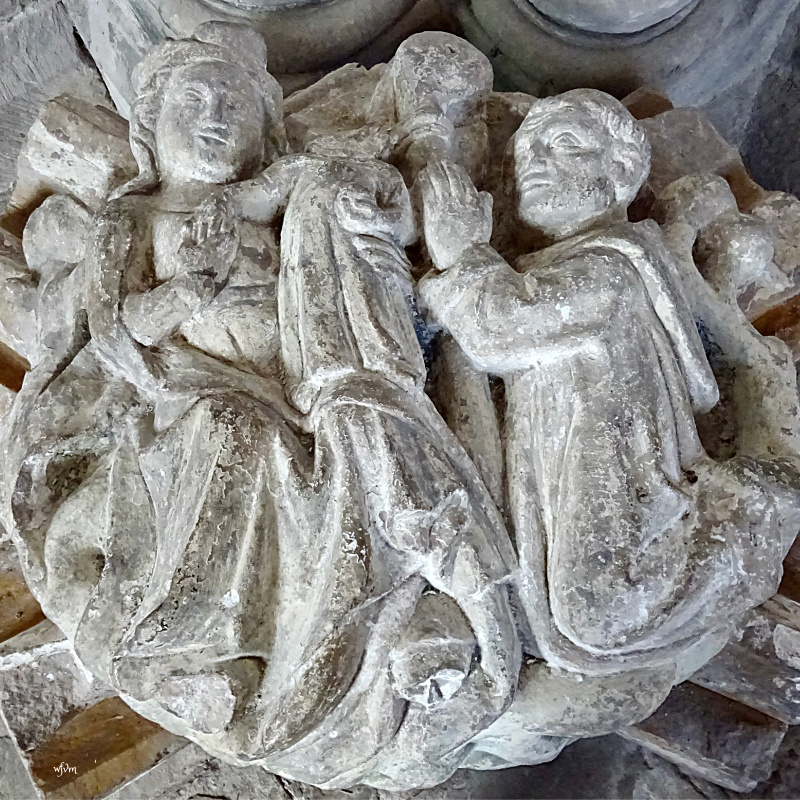........officially arrived last Friday when the earth's orbit entered the Equinox in our northern hemisphere. However, it is still sunny here with lovely blue skies, and long may that continue. The big difference now is that the evening sun sinks earlier and earlier with each passing day.
Recently all of the family celebrated my birthday - a wonderful treat organised by our two sons. When a child I was very aware that my birthday heralded the moment when it was time to return back to school, and that the summer holidays were finally over. It was also the middle of the harvest season, but no longer, now the crops are ripening at least four or more weeks earlier.
One of my much loved grand-daughters made me this special birthday treat. A vase that she has created out of cardboard and then painted in her own imitable style - I really love and greatly appreciate it very much.
In our garden the grape vine has produced bountiful bunches of juicy ripe black grapes
The sunflowers stand tall and stately. They bow their heads whilst swaying to and fro from the slightest passing movement through the air.
I am working with the enthusiasm of a man
from Marseilles eating bouillabaisse, which
shouldn't come as a surprise to you because I am busy painting huge sunflowers.









.png)












.jpg)
.jpg)






.png)














